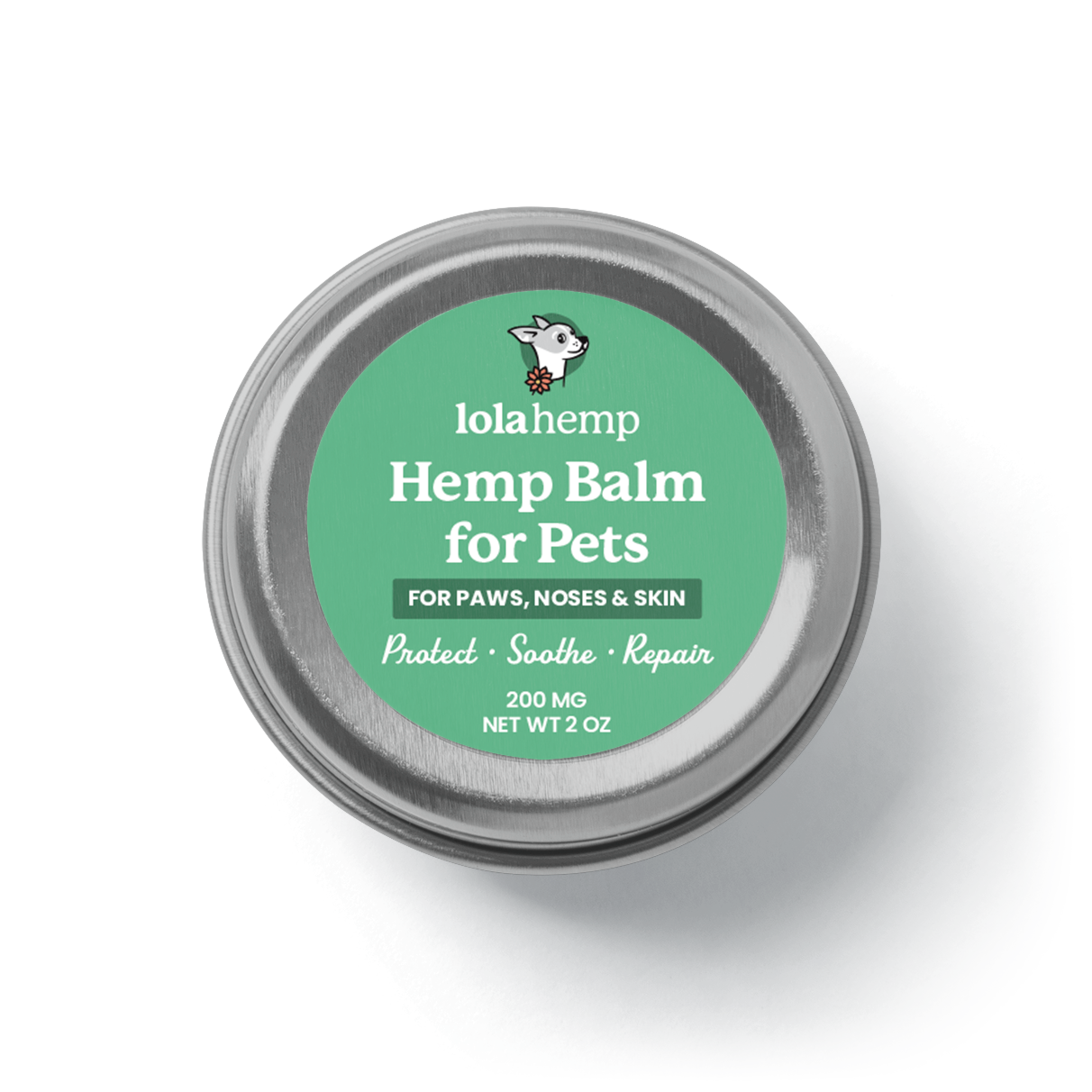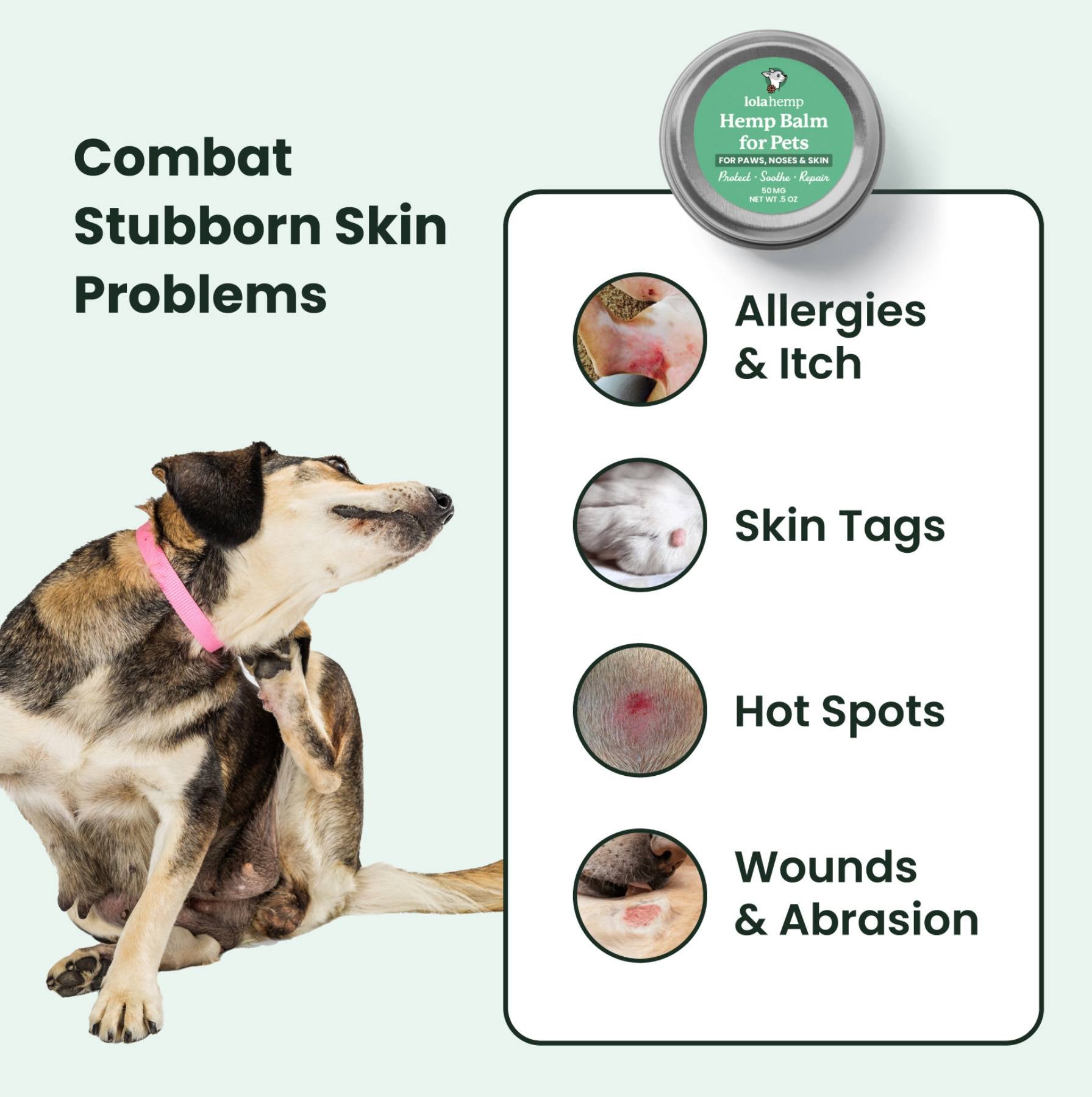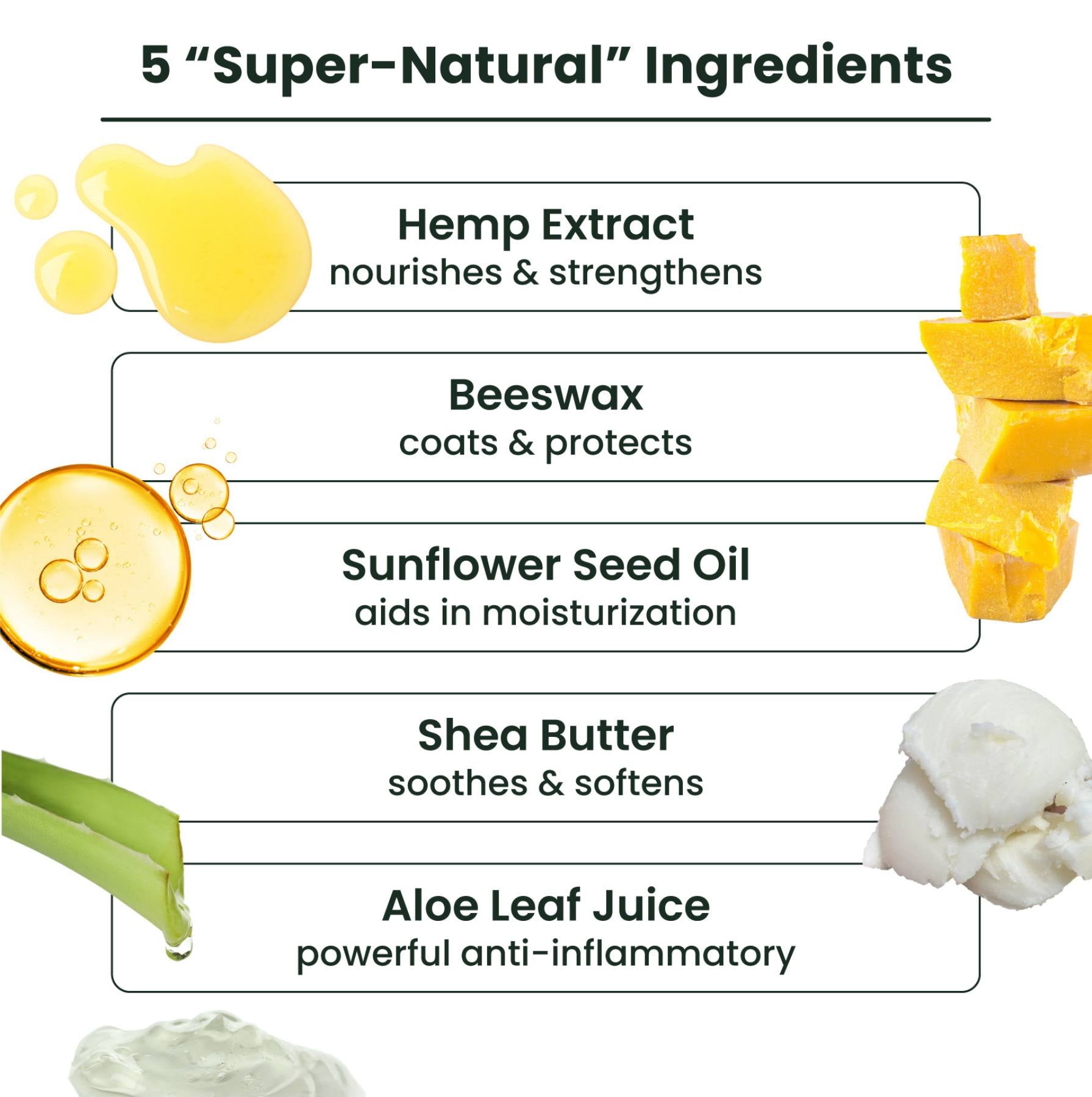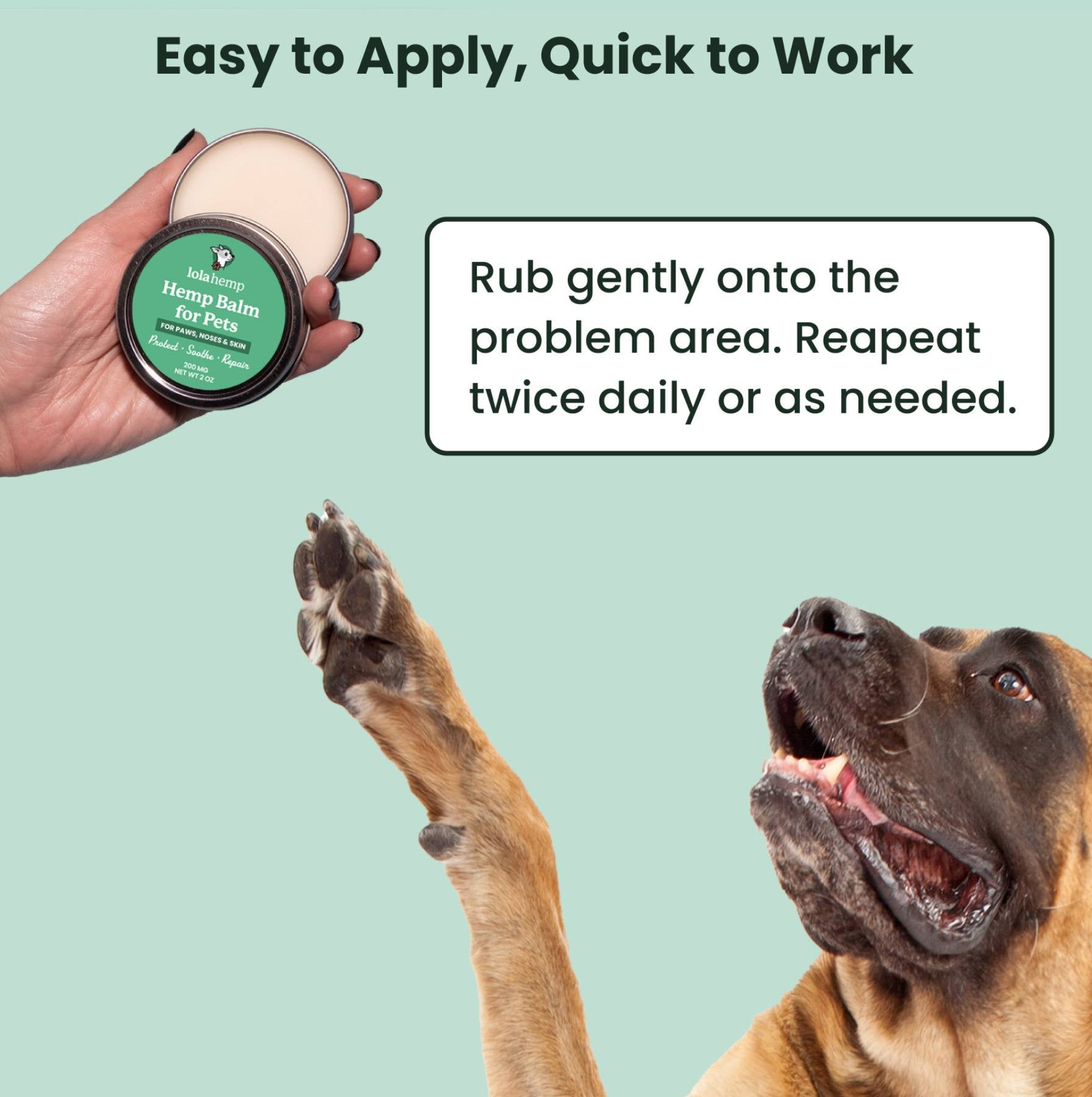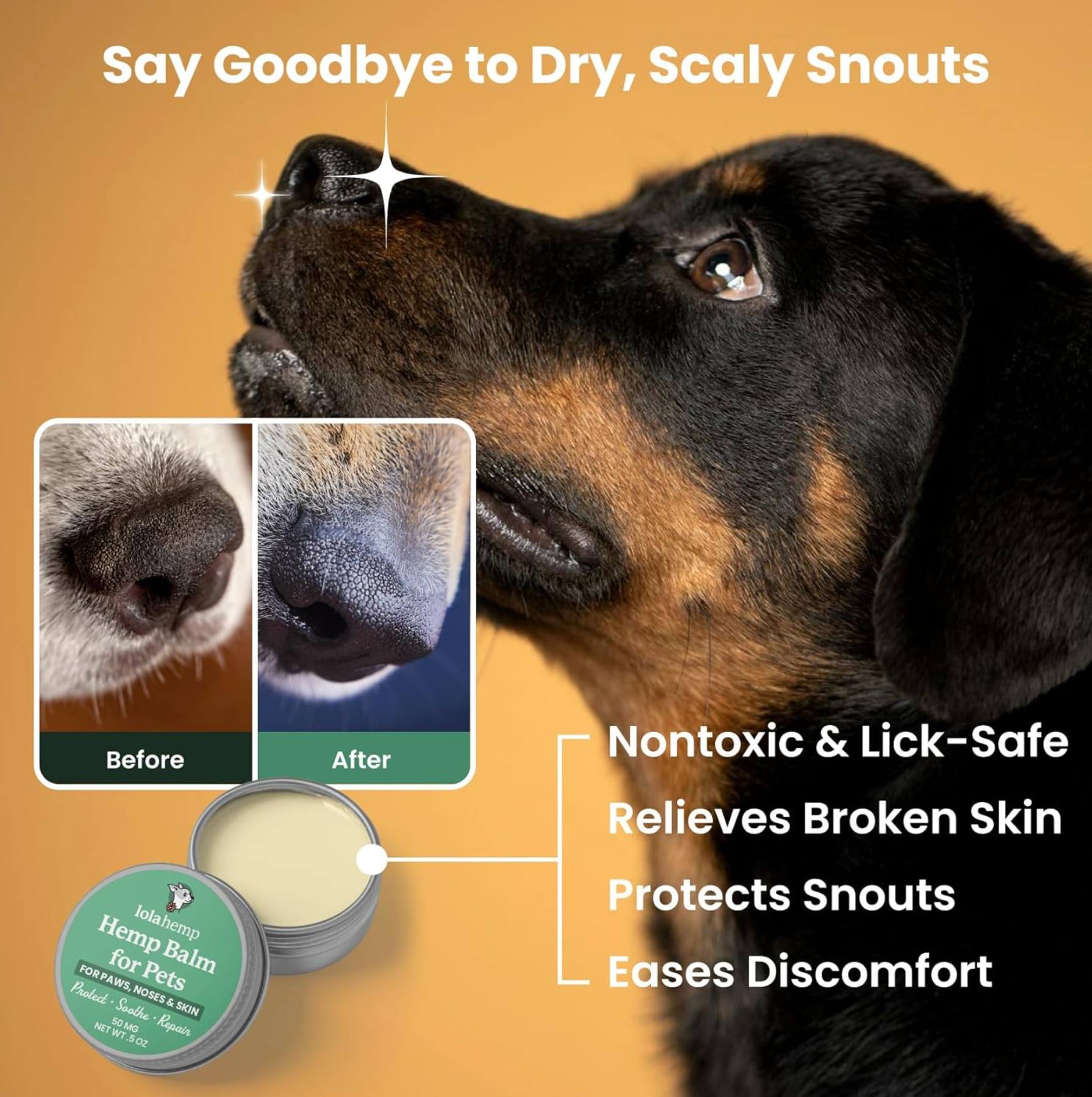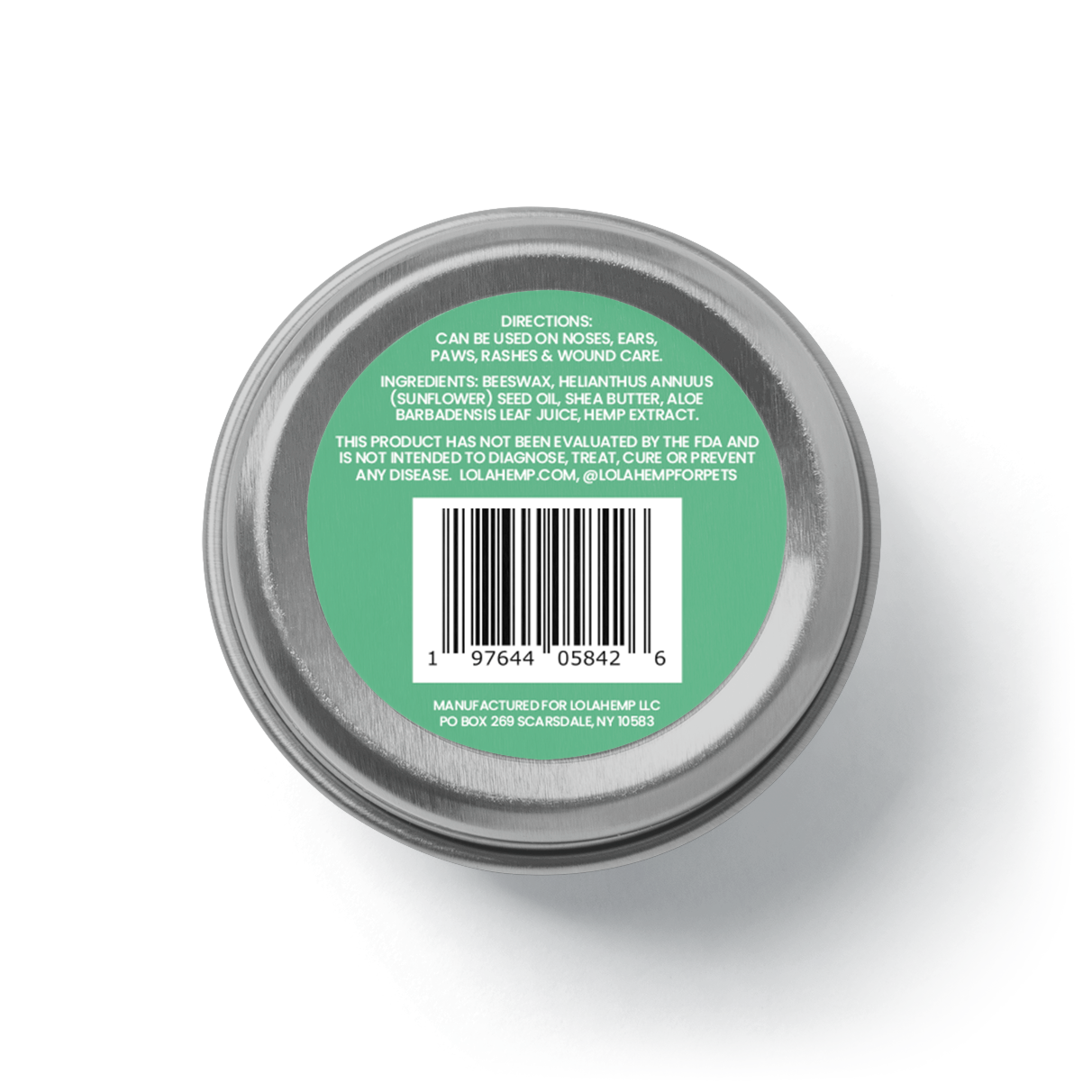Your cat's constant scratching has you worried. Fleas have invaded, and it's time to take action. But before you grab that flea collar full of chemicals, pause and consider a gentler approach. Natural flea treatments offer a safer, eco-friendly alternative that's just as effective.
If your cat is scratching excessively at its skin, ears, or paws, consider using a soothing skin & paw balm to keep them comfortable while you address the underlying flea issue.
Know Your Enemy
Fleas are external parasites that feed on your cat's blood. The most common type affecting cats is called Ctenocephalides felis. These pests can jump onto your pet from other animals or infested environments. Once on your cat, they lay eggs that fall off into your home, starting a cycle of re-infestation.
The Life Cycle of Cat Fleas
To effectively treat fleas in cats, you need to understand their life cycle. Cat fleas go through four stages: egg, larva, pupa, and adult.
- Female fleas lay eggs on your cat's fur. These tiny, white eggs easily fall off into your home environment. They can land on carpets, furniture, or your cat's bedding. In just a few days, these eggs hatch into larvae.
- Flea larvae are small, worm-like creatures. They feed on organic debris and flea dirt. After about a week, larvae spin cocoons and enter the pupa stage, when they're most resistant to treatment.
- Adult fleas emerge from pupae when they sense vibration, heat, or carbon dioxide from a potential host nearby. They quickly jump onto your cat and start feeding. Adult fleas can live up to several months on your cat's body.

Spotting Signs of Flea Infestation
Recognizing a flea problem early can make treatment easier. Here are some signs to watch out for:
- Excessive Scratching: If your cat is scratching more than usual, especially around the neck and tail base, fleas might be the culprit.
- Flea Dirt: Look for small, dark specks in your cat's fur. This “flea dirt” is flea droppings. Put some on a damp paper towel; if it turns reddish-brown, it’s likely flea dirt.
- Visible Fleas: Adult fleas are dark brown and about the size of a pinhead. You might spot them moving through your cat's fur.
- Hair Loss: Flea bites can irritate the skin, leading to hair loss from excessive scratching or licking.
- Pale Gums: In severe cases, fleas can cause anemia. Check your cat's gums; if they're pale, contact your vet immediately.

Health Risks for Cats with Fleas
Fleas aren't just annoying—they can pose serious health risks to your cat. There are a handful of serious issues that can come from untreated flea infestations. Let's take a look at a few of the most common.
- Anemia: Fleas feed on your cat's blood. In severe infestations, this can cause weakness, lethargy, and pale gums, requiring immediate medical attention.
- Tapeworms: If your cat ingests an infected flea while grooming, they can get tapeworms.
- Flea Allergy Dermatitis: Some cats are allergic to flea saliva. Even a few bites can cause intense itching and skin infections.
- Bartonellosis: Also known as “cat scratch disease,” this bacterial infection can be transmitted by fleas.
- Weakened Immune System: The stress of constant flea bites can lower your cat’s immune resilience.
Why Choose Natural Flea Treatments?
Natural flea treatments offer several advantages. They're often cheaper than commercial products and can be made from common household items, giving you control over what goes on your cat’s skin.
They’re also safer for the environment—chemical flea products can harm beneficial insects and contaminate water sources, while natural remedies reduce this risk.

Natural Flea Treatments
When treating fleas on cats, natural treatments offer a safer alternative to harsh chemicals. These methods use everyday natural substances to repel fleas, kill them, or disrupt their life cycle. Always test your cat's tolerance first with a small patch test before applying any treatment.
Frequently Asked Questions About Natural Flea Treatments for Cats
1. What are the safest natural flea treatments for cats?
Common safe options include coconut oil, apple cider vinegar, diatomaceous earth, and herbal repellents like lavender or cedar. Always patch-test first.
2. Can I use essential oils to treat fleas on my cat?
Only with extreme caution. Always dilute essential oils and avoid direct skin application. Some, like tea tree or citrus oils, can be toxic to cats.
3. How often should I apply natural flea remedies?
Frequency depends on the method—topical applications like coconut oil may be used weekly, while diatomaceous earth or sprays may be reapplied as needed.
4. Are natural flea treatments effective against all flea stages?
Most natural remedies repel adult fleas and may help disrupt eggs and larvae, but combining multiple approaches often works best.
5. What should I do if my cat has a severe flea infestation?
If natural remedies don’t help within a few days, or if your cat shows signs of anemia or skin infection, seek veterinary treatment immediately.

